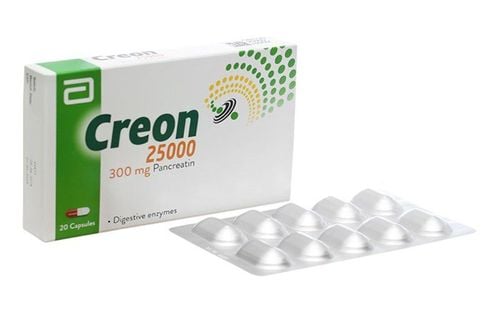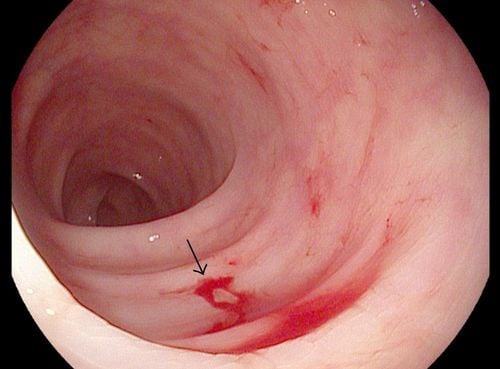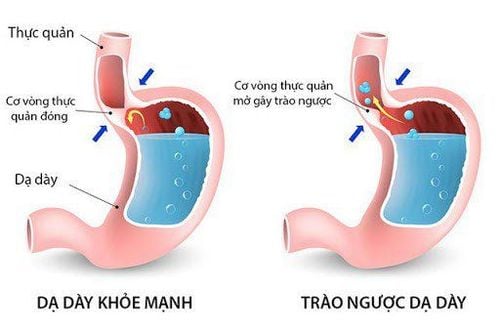This is an automatically translated article.
Multiorgan failure syndrome is a dysfunction of multiple organs. The process of formation and progression of multiorgan failure syndrome is very complicated. Treatment of multiple organ failure is mainly prophylactic.
1. What is multiple organ failure syndrome?
Multi-organ failure syndrome, also known as multi-organ failure, multi-organ failure is the dysfunction of at least two or more organ systems.
Multi-organ failure occurs in patients with acute diseases, without treatment intervention, the patient's body cannot maintain homeostasis.
Patients with multiple organ failure are often treated for a long time in the intensive care unit with a high mortality rate. The risk of death depends on the number of organs and the extent of damage.
2. Causes of multi-organ failure
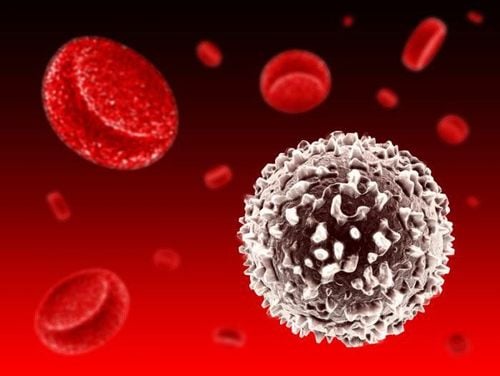
Nhiễm khuẩn huyết là nguyên nhân suy dẫn đến đa tạng
Due to the involvement of many organ systems in the body, there are many causes of multi-organ failure, the most common are:
Severe and major trauma Septicemia Burns Anemia and reperfusion injury Poisoning Acute Multi-blood transfusion Eclampsia Extracorporeal circulation Diseases: pancreatitis, autoimmune disease, heat disease
3. Symptoms of multiple organ failure
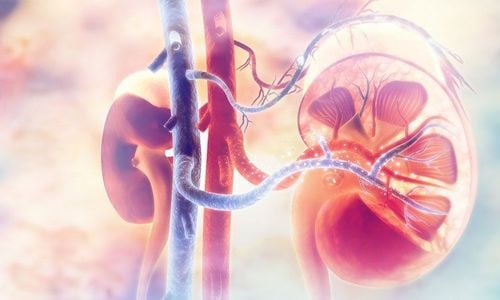
Bệnh nhân mắc suy đa tạng sẽ bị ảnh hưởng đến thận dẫn đến suy thận
Multi-organ failure is damage and dysfunction of many organ systems in the body, including: Central nervous system, cardiovascular, hematology, respiratory, kidney, digestive and hepatobiliary systems.
3.1 Central Nervous System Consciousness disturbance, increased metabolism, presence of circulating neurotransmitters, peripheral neuritis.
3.2 Cardiovascular Factors that inhibit the myocardium, reduce cardiac output.
Hematology: Formation of blood clots, cytotoxicity, extracapillary drainage syndrome, white blood cell adhesion and confinement. Respiratory: Multiple organ failure in the respiratory system with increased capillary permeability, decreased metabolism of vasoactive substances, decreased pulmonary expansion and blood oxygenation. Renal: Hemodynamic instability, renal flow disturbance, nephrotoxic drugs, renal failure, increased blood creatinine, oliguria. Gastrointestinal: Increased intestinal barrier permeability, mucosal atrophy, gastrointestinal bleeding. Hepatobiliary: Hepatobiliary dysfunction in patients with multi-organ failure has clinical manifestations, first increased then decreased synthesis, including synthesis of bile salts, IgA, increased metabolism, increased peripheral catabolism, bacteremia from the intestine, coagulation disorders. Clinically, the patient presents with jaundice.
4. Diagnosis of multiple organ failure
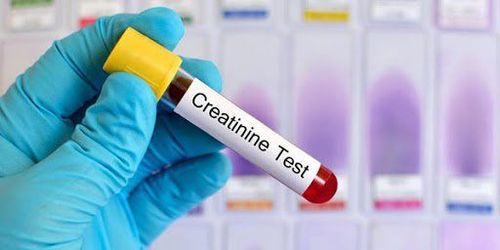
Xét nghiệm creatinine của thận xác định tiêu chuẩn chẩn đoán rối loạn chức năng các cơ quan
Based on the following criteria to diagnose multiple organ failure:
4.1 Causes Multiple trauma, severe burns, malignant malaria, severe sepsis, poisoning, hypoperfusion shock, severe necrotizing pancreatitis , ...
4.2 Diagnostic criteria for organ dysfunction Nervous (without sedation during the day), Cardiovascular (heart rate, systolic blood pressure, ventricular tachycardia and/or ventricular fibrillation, pH) arterial blood, concentration), Hematology (number of red blood cells, white blood cells, volume of red blood cells in the blood), Respiratory (spontaneous breathing rate, mechanical ventilation), Kidney (BUN concentration, plasma creatinine, body mass) urine volume), liver (based on bilirubin, transaminase, LDH levels in the blood). 4.3 Multi-organ failure rating scale Assess the extent, status and prognosis of patients with multi-organ failure.
5. Treatment of multiple organ failure

Điều trị hỗ trợ rối loạn chức năng tim mạch
Patients with multiple organ failure need to be identified, evaluated and treated early. Treatment includes treatment of the pathological cause, supportive treatment of organs to control the progression of the systemic inflammatory response and ameliorate organ dysfunction, prevent and prevent multiple failure. organs.
5.1 Prophylactic treatment of multi-organ failure Detect and treat early surgically the causes and factors leading to multi-organ failure such as drainage of pus, removal of necrotic tissue to control the foci of infection. Good resuscitation, ensure oxygen to prevent ischemia, ensure nutrition (via IV or gastrointestinal tract).
5.2 Supportive treatment of CNS dysfunction. Supportive treatment of hypotension, electrolyte imbalance, excessive hyperglycemia or hypoglycemia.
5.3 Supportive treatment of cardiovascular dysfunction Treatment of multi-organ failure in the cardiovascular system includes stabilizing hemodynamic disturbances; optimize oxygen delivery with humidified oxygen, correct ischemia, administer vasopressors to optimize cardiac output; and reduce oxygen consumption by treating infections, immobilizing fractures, cleaning wounds, draining abscesses (factors that increase metabolism and stimulating inflammation), analgesia, sedation, decreased muscle activity, control hyperthermia.
5.4 Supportive treatment of hematological dysfunction Treatment of multi-organ failure affecting hematologic function includes maintaining hemoglobin concentration in the blood, ensuring that tissue hypoxia is not caused; reimbursement of coagulopathy and prophylactic treatment of thromboembolism.
5.5 Supportive treatment for respiratory dysfunction

Cần đảm bảo cung cấp đủ oxy khi điều trị hỗ trợ rối loạn chức năng hô hấp
Perform mechanical ventilation of the patient to improve gas exchange, restore collapsed lung units, ensure adequate oxygen supply and reduce the work of breathing.
5.6 Supportive treatment for kidney dysfunction Treatment of multi-organ failure to prevent the risk of kidney dysfunction should pay attention to appropriate nutrition, avoid dehydration, and avoid using nephrotoxic antibiotics. For the treatment of oliguria or anuria in acute renal failure, continuous renal replacement therapy and intermittent hemodialysis are used. Renal replacement allows easy fluid, electrolyte, and nutritional control. This treatment does not aggravate uremia.
5.7 Other Specific Treatment Specific treatment for septic shock and severe sepsis in patients with multiple organ failure uses 2 protein C-activated regimens and treatment with low-dose hydrocortisone for 7 days.
Multiorgan failure is common in patients requiring intensive care, with dysfunction of multiple organ systems.
multi-organ failure
Please dial HOTLINE for more information or register for an appointment HERE. Download MyVinmec app to make appointments faster and to manage your bookings easily.




